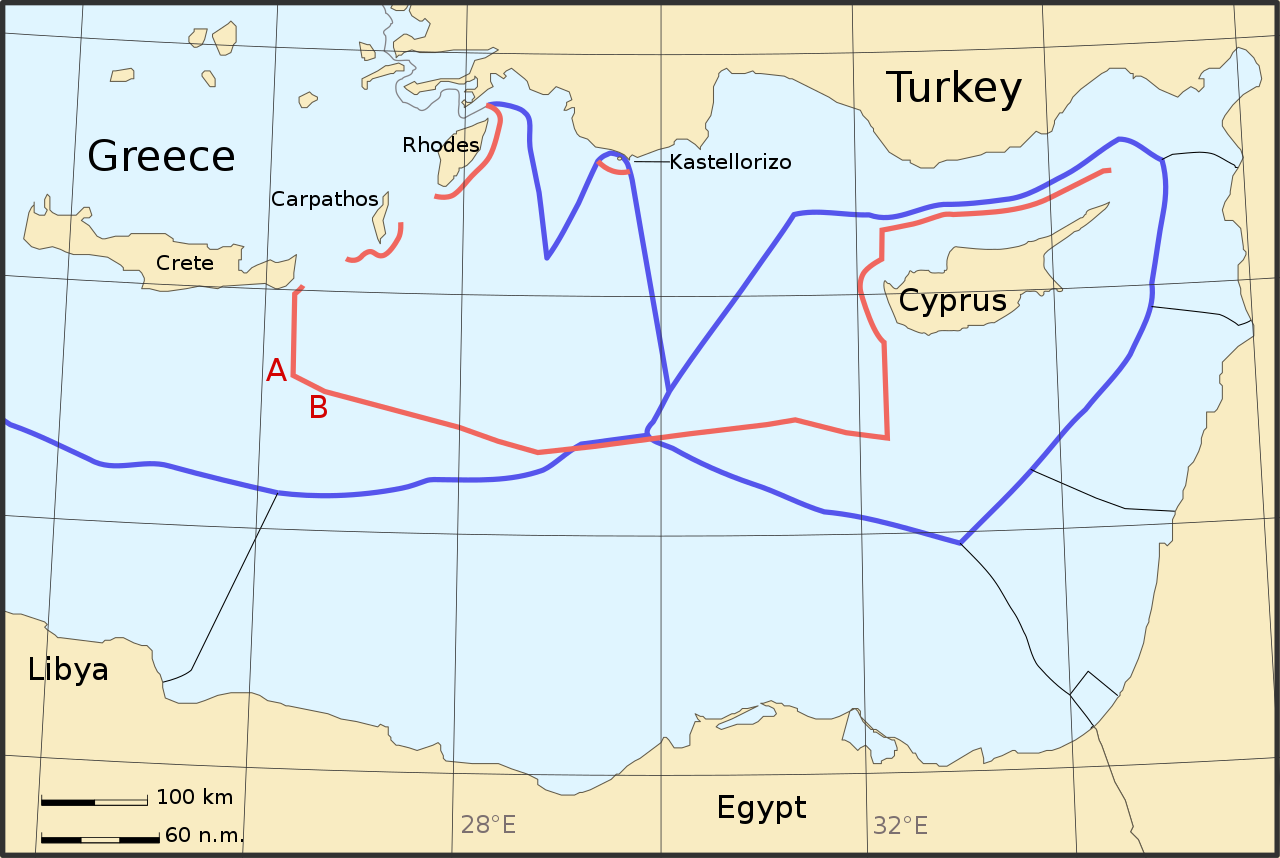In the context of maritime delimitation, the existence of third States creates a difficult
question relating to the principle of res inter alios acta. In this regard, two possible
approaches can be identified in case law.
According to the first approach, international courts draw a delimitation line in an area
where legal titles of third States may be involved. The Court of Arbitration, in the Anglo-
French Continental Shelf case, took this approach. In that case, a question was raised with
regard to a possible meeting of the continental shelf boundary between the parties with the
boundary between Ireland and the United Kingdom. The United Kingdom questioned the
Court’s power to delimit the Anglo-French continental shelf boundary westward of a
notional meeting point with the Anglo-Irish boundary. However, the Court of Arbitration
did not admit this view on the basis of the principle of res inter alios acta. In the
Nicaragua/Colombia case, the ICJ drew two horizontal lines in the northern and southern parts of the delimitation area, even though these two lines would inevitably affect the
existing maritime boundaries between Colombia and Panama, between Colombia and Costa
Rica and between Colombia and Jamaica. In this regard, the Court took the position that the
judgment in the present case addressed only Nicaragua’s rights as against Colombia and
vice versa and was, therefore, without prejudice to any claim of a third State or any claim
which either Party may have against a third State.
A second approach is to cut off the area where claims of third States may be involved
from the scope of the jurisdiction of the judgment. According to this approach, international
courts simply stop the delimitation line at the point where a third State might
become involved. The cut-off approach was applied in the Tunisia/Libya, Libya/Malta,
Eritrea/Yemen, Qatar/ Bahrain, Barbados/Trinidad and Tobago, Cameroon/Nigeria, Nicaragua/
Honduras and Black Sea cases. The most dramatic example of this approach can be
seen in the Libya/Malta case. In that case, the ICJ limited the scope of its judgment so as not
to infringe upon the rights of Italy in the region. Specifically, the Court confined itself to
areas where no claims by Italy existed, namely, to the area between the meridians 13± 50’
E and 15± 10’ E. Nonetheless, with respect, the Court’s approach seems to be highly
controversial in the sense that the extent of the Court’s jurisdiction is determined by the
claim of the third State, namely Italy.
The question associated with the legal rights of third States is concerned with the legal
effect of Article 59 of the Statute of the ICJ. In this regard, the ICJ in the Cameroon/Nigeria
case (Merits), made an important pronouncement:
[I]n particular in the case of maritime delimitations where the maritime areas of several States
are involved, the protection afforded by Article 59 of the Statute may not always be sufficient.
In the present case, Article 59 may not sufficiently protect Equatorial Guinea or São Tomé and
Príncipe from the effects – even if only indirect – of a judgment affecting their legal rights. . . It
follows that, in fixing the maritime boundary between Cameroon and Nigeria, the Court must
ensure that it does not adopt any position which might affect the rights of Equatorial Guinea
and São Tomé and Príncipe.
In reality, it is undeniable that the delimitation line drawn by the Court might affect the
legal rights and interests of third States, creating a presumption of the finality of the
boundary regardless of the formalistic protection of Article 59. In this sense, it seems that, as the Court stated, Article 59 is insufficient to protect the rights of third States in
maritime delimitations.
In applying the cut-off approach, how is it possible to determine such an area where
legal titles of third States may be involved? In response to this question, the prima facie
legal credibility test, which was contended by Nigeria in the Cameroon/Nigeria case, is
of particular interest. According to this test, the Court verifies the credibility of potential
rights of third States on the basis of the equidistance method. If one applies the legal
credibility test on the basis of an objective method, i.e. the equidistance method, it may
be possible to a certain extent to avoid the danger of an excessive claim by a third State.
Considering that international courts and tribunals tend to draw an equidistance line at
the first stage of maritime delimitation, the credibility test sounds persuasive. On the
other hand, the application of the credibility test becomes complex in a situation where
islands of third States exist. Furthermore, according to the credibility test, the spatial
extent of the Court ’s jurisdiction may be highly limited in a situation where several third
States coexist in close proximity in the same region.

